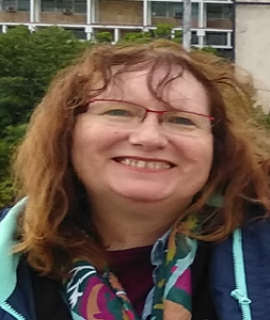Title : Photoremoval of some brominated phenols (4-bromophenol and 2,4,6-tribromophenol) with reused polystyrene foam and SnO2
Abstract:
Bromophenols such as 4-bromophenol, 2,4-dibromophenol, and 2,4,6-tribromophenol are found to occur ubiquitously in air, water, and sediment, and their origin is thought to be both natural and anthropogenic. Plastic debris is a major environmental concern, and to find effective ways to reuse polystyrene (PS) presents major challenges. In this study, polystyrene foams wastes was doped to SnO2 to photodegrade two brominated phenols namely bromophenol and 2,4,6-tribromophenol. Crystallinity, size and shape of the polystyrene/ SnO2 nanocomposite were investigated by X-ray diffraction (XRD) and transmission electron microscopy (TEM), demonstrating the preparation of crystalline spherical nanoparticles. The effects of some operational conditions on the phoodegradation of 4-bromophenol and 2,4,6-tribromophenol was investigated. For maximal photodegradation of 4-bromophenol(98%) and 2,4,6-tribromophenol (97%) the optimum operational conditions should be as follows: 1,2 mg/ l polystyrene/ SnO2 nanocomposite concentration, 760 mg/l 4-bromophenol and 2,4,6-tribromophenol concentrations, 56 W/m2 sun light power, ph= 8,0, temperature= 35 Oc, photodegradation time= 20 min. The nanocomposite was reused . After 45 time utilization the pollutant yields was recorded as 89% and 86%.


